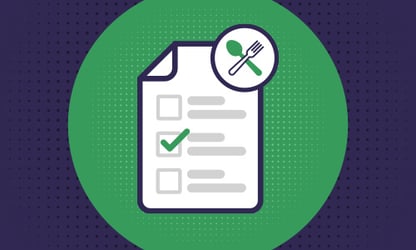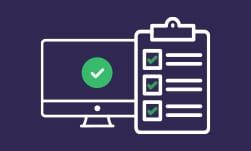![]()
What is the National School Lunch Program?
The National School Lunch Program has changed the face of American school lunch for the better. Did you know...
- Every year, the National School Lunch Program (NSLP) serves billions of lunches to kids across the country.
- Approximately 95% of public schools receive funding from the National School Lunch Program (FRAC).
- 30.5 million students receive free or reduced meals thanks to National School Lunch Program funding.
- In just 2015 alone, the cost of the National School Lunch Program was 11.7 billion.
Schools play a big part in feeding children. For many students who come from low-income families, the meals they receive at school may be the only balanced meals they’ll receive all day.
But not every family can afford to participate in school meal programs, as schools lack the funding to cover the meals. That's where the National School Lunch Program comes in. By offering free or reduced meals that are federally subsidized, the Program ensures that students receive the nutrition needed to learn.
Over the span of 75 years, the National School Lunch Program has helped a lot of children access a nutritious American school lunch. Yet the NSLP still has its detractors. Aside from those concerned about the public cost of the program, parents and educators have strongly criticized the NSLP for a variety of reasons.
This article will give you a detailed explanation of the pros and cons of the American National School Lunch Program.
Table of Contents
- What is the National School Lunch Program?
- The Benefits of the National School Lunch Program
- Problems with the National School Lunch Program
- Recent Developments and Policy Changes
- Bottom Line
What is the National School Lunch Program?
The NSLP is a federally funded meal program for schools, nonprofit private schools and child care centers.
Before the establishment of this program, local authorities and charities led the effort to feed needy schoolchildren. However, the onset of the Great Depression and the growing number of impoverished Americans required a federal response.
The original program evolved from the federal Commodity Supplement Food Program, which was established during the Great Depression for two purposes. The first was to stabilize the agricultural market, which was producing excess crops and experiencing falling prices. The second purpose was to help feed the growing number of impoverished individuals.
Over a decade later, in 1946, the Richard B. Russell National School Lunch Act was signed into law by President Truman. It sought to continue the tradition of stabilizing the agriculture market while supporting children who could not afford to pay for school meals.
The primary goal of the program remains providing a nutritionally balanced American school lunch to children, either at no cost or at a reduced rate. The program is designed to be a safeguard for students' health and well-being.
School meal participation rates were impressive from the beginning, as over seven million kids enrolled in the NSLP during its first year. And 70 years after the program was first established, in 2022, more than 30 million kids had received free lunches thanks to the program.
The administration of the NSLP is overseen by the Food and Nutrition Service (FNS) with the United States Department of Agriculture (USDA). Beneath the federal organizations, several state agencies manage the operations in conjunction with school food authorities.
To participate, American school lunch must meet specific federal nutrition guidelines. The individual USDA school lunch guidelines vary, but require schools to focus on:
- Increasing the availability of fruits, vegetables, whole grains, and fat-free and low-fat fluid milk in school meals.
- Reducing the amount of sodium and saturated fat in meals.
- There are also calorie requirements to consider.
The American School Lunch Program outlines all aspects, including smoothies, grain requirements, salad bars, and sodium requirements, in the nutritional standards for meals section of its website.
Schools that can follow the meal requirements set by the National School Lunch Program in America are reimbursed for their costs based on the number of meals served.
The Benefits of the National School Lunch Program
For kids who don’t get enough to eat at home, the NSLP is a lifesaver. During the school year, they can always count on the American school lunch being free or heavily discounted.
As the country has grown over the decades, the number of children within families requiring financial support for food has also increased. It's no wonder that, by its twenty-fifth anniversary, the program had grown to feed over four times as many students each year from its original figure of 7.1 million.
And because of the nutritionally balanced meal requirements, many children receiving lunches from the National School Lunch Program enjoy their healthiest meals at school. This works to combat malnourishment and promote public health.
The National School Lunch Program offers several benefits to students and schools. Here are just a few to consider.
Helps kids get a better education
It’s hard for hungry children to receive a quality education and concentrate in school. Nutrition is foundational to their ability to learn, and school lunches can help fill in the gaps that many children are missing at home.
Fights childhood hunger
There is still significant childhood food insecurity in the U.S., and many children are paying the price. Providing free and reduced-price school meals can help decrease childhood hunger. This was especially crucial during the nationwide shutdowns caused by the coronavirus pandemic.
The USDA was able to extend the program, allowing anyone under 18 to continue receiving American school lunch during the lockdowns and through the summer. The program was expanded to include meal pickup sites and home delivery options at no additional cost to the parents. This ensured that kids could continue to receive the meals they rely on for their nutritional needs.
Increase overall well-being
One of the most significant features of the National School Lunch Program is its nutritional standards. The standards are based on the latest nutritional science, which is crucial for childrens' growth and development.
When children's basic nutritional needs are met, it increases their overall health and well-being. They are less likely to get sick and miss school days, and will be better able to focus in class.
Convenient for parents
School lunches are also more convenient for working parents. Not having to worry about making their child’s lunch every day may seem minor, but it’s one thing parents can check off their to-do list.
Improvements to the program
The NSLP is continually evolving as federal leaders seek ways to enhance the program. For instance, the USDA updated the program guidelines to recommend that schools serve more fruits and vegetables and offer whole grains whenever possible.
Helps those in need
For families living between 130 and 185 percent below the federal poverty line, the program is a lifesaver (FRAC). To put the percentages into context, a family of three with an income of 130 to 185 percent of the federal poverty line would earn only $26,208 to $37,296 per year. The National School Lunch Program ensures that they will have to pay no more than 40 percent of the cost per American school lunch.
Aside from its moral responsibility to care for children in need, the program is essential to the country's health. Without the program, tens of millions of American school children would go hungry each day, depriving them of the nourishment they need to grow into adulthood and support our society for generations to come.
Problems With the National School Lunch Program
While it’s easy to see the benefits that the NSLP provides, the program has also been subject to controversy and criticism over the years. For example, it has also struggled to keep up with the increasing demand. And many people argue that the ingredients in the meals are not very nutritionally balanced and contribute to obesity in kids.
Here are some of the biggest disadvantages of the American school lunch program.
Food quality
One of the biggest criticisms of the NSLP is food quality. Healthier food costs more money to make, and many schools just don’t have the funding to improve lunches and meals.
Physically unhealthy children
There’s no doubt that any food is better than no food. But studies have shown that students who regularly eat hot lunches are more likely to be overweight and obese as opposed to kids who bring their lunches. Poor nutrition can also cause cognitive delays in children.
Despite the USDA updating the NSLP’s guidelines, many health experts say they don’t go far enough. The updated guidelines still include things like French fries and pizza, and don’t put any restrictions on how many servings students can take.
Cost to taxpayers
The cost of free school lunches can be expensive for taxpayers who pay for the food and the program's administration.
Can cause a stigma
Children should receive free or reduced-cost lunches in a way that doesn’t differentiate them from other kids. Otherwise, this can cause a stigma where those children stand out from their peers and may even be subject to bullying.
Potential waste:
Because the quality of the ingredients isn’t great and many kids dislike hot lunch, some kids end up throwing away their food, causing waste.
Recent Developments and Policy Changes
The NSLP has undergone changes in recent years, with a final rule effective July 1, 2024. Here are some potential improvements that have been made:
Updated School Meal Nutrition Standards:
- Added Sugars: New rules impose limits on the amount of sugar in breakfast cereal, yogurt, and flavored milk. By the 2027-2028 school year, schools must serve meals with sugar accounting for no more than 10% of the calories per American school lunch.
- Sodium: The amount of sodium must be no more than 15% in lunches and 10% in breakfasts, effective in the 2027-2028 school year.
- Whole Grains: The whole grain rule continues, stating that 80% of whole grains offered are whole grain rich, meaning they must contain at least 50% whole grains.
- Milk: Milk rules will also continue to apply, mandating that unflavored and flavored milk products are either 1% fat or fat-free.
- Trans-Fats: The rule removes restrictions regarding synthetic trans fats in school lunches as the FDA has eliminated synthetic trans fats from the U.S. food supply.
- Dietary Flexibility: Schools will have more flexibility in offering meat options and plant-based meat alternatives and substituting fruits for vegetables.
School Lunch Program Eligibility and Operations:
- Seamless Summer Option (SSO) Waiver Expiration: The SSO waiver was implemented during the COVID lockdowns to ensure children received access to free and low-cost meals without direct certification. However, the waiver has since expired, and NSLB and SBP operations are now reinstated, requiring families to qualify through household applications.
- Community Eligibility Provision (CEP): The qualifying threshold for the CEP provision has been lowered from 40% to 25%. Once, schools with 40% low-income students could offer universal free school meals to all students. Now, schools with 25% low-income students can offer free meals to their students, potentially reducing paperwork for administrators and stigmas surrounding free lunch programs.
- Program Integrity: The USDA Food and Nutrition Service finalized a rule ensuring the proper operation and management of the NSLP, protecting federal funds.
- Buy American: The recent changes have emphasized requirements to buy American and prepare school lunches with domestically sourced foods.
Bottom Line
The NSLP plays a crucial role in ensuring children get the nutritious American school lunch they need to support their academic goals and avoid hunger and malnutrition. It is convenient for parents, and, with the right systems and policies, it can be simple for schools to implement. The program has served millions of underserved students, and it continues to grow.
The program is not perfect, and it has been criticized. Changes have been implemented, but they have not eliminated all flaws. However, policy support and investments can address challenges and boost the NSLP's effectiveness.
The NSLP can present administrative complications, but Vanco's School Mealtime Payment System can help. It simplifies the process for families and school staff and maximizes school meal reimbursement, E-rate, and Title 1 funding. Visit us online to learn how to implement it in your facility.
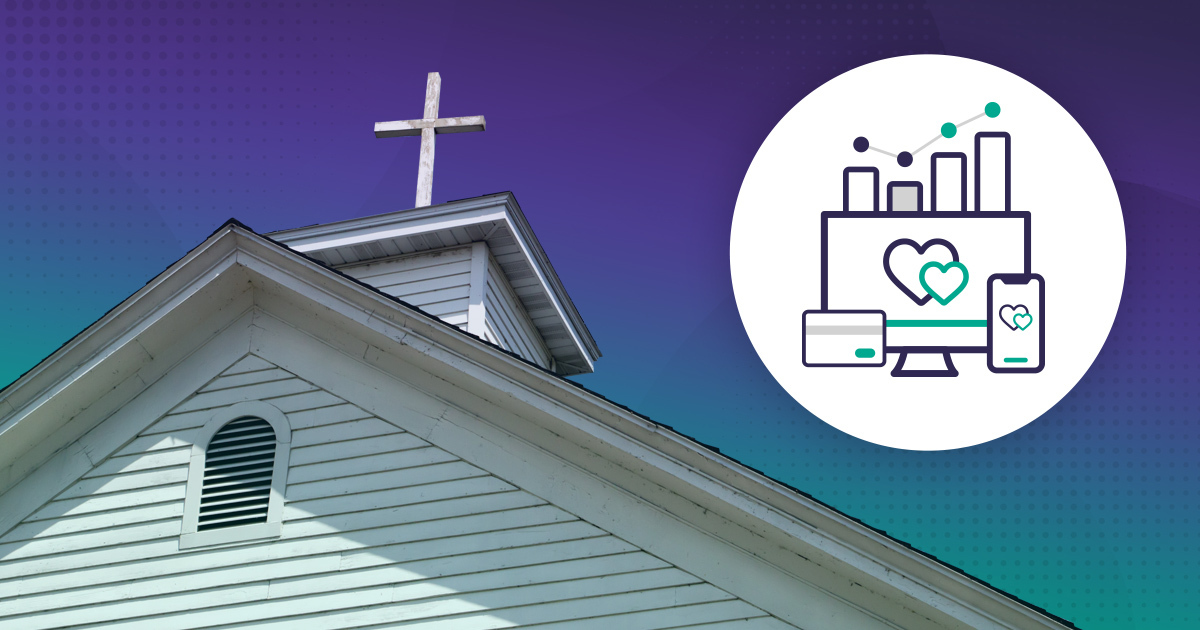



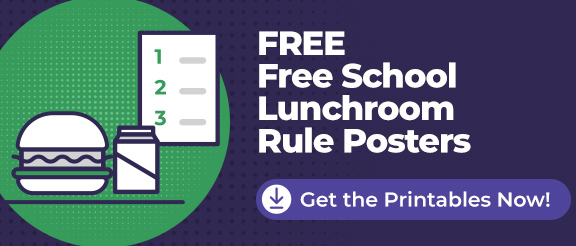
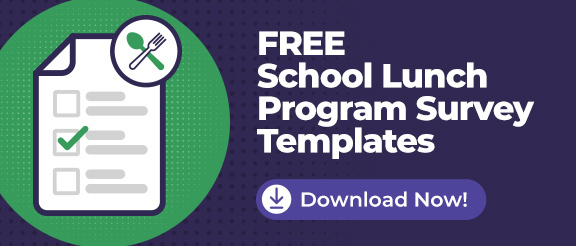
.jpg?width=734&height=251&name=School-Lunch-Kit_blog_CTA_image%20(1).jpg)
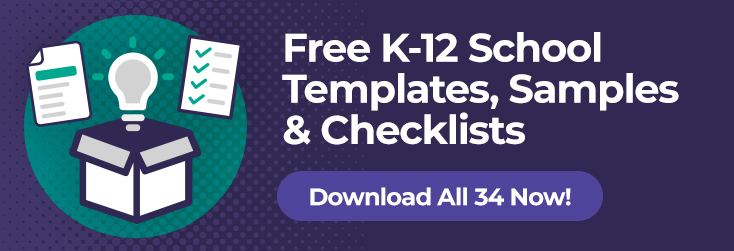


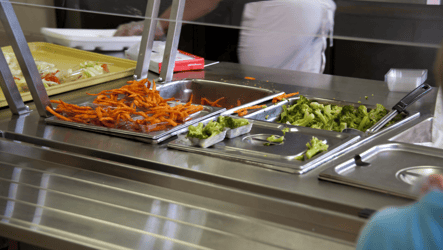

.jpg?width=450&height=250&name=School-Lunch-Rules_thumbnail%20(1).jpg)

